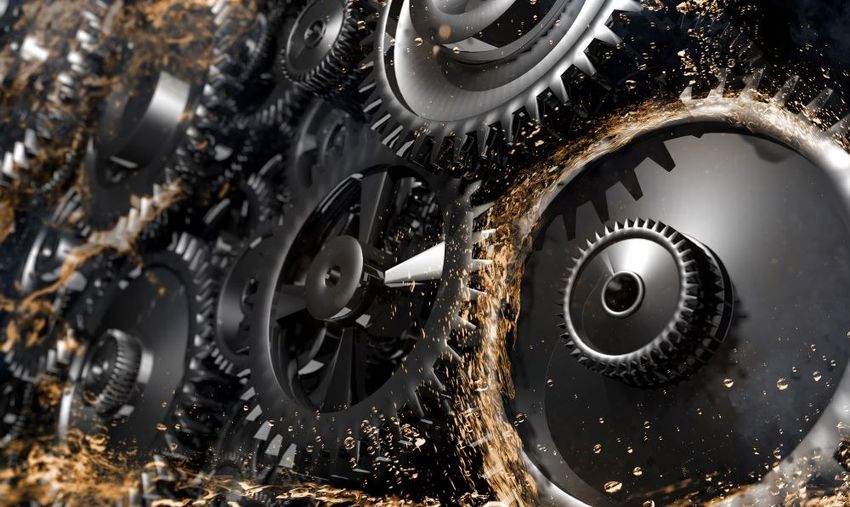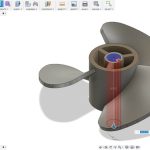Vibration and noise are common challenges in mechanical systems, affecting performance, safety, and comfort. Whether in automotive engines, industrial machinery, or household appliances, excessive vibration and noise can lead to structural damage, reduced efficiency, and an unpleasant user experience. This article explores the causes of vibration and noise, their impact, and the engineering techniques used to minimize them.
1. What Causes Vibration in Mechanical Systems?
Vibration in mechanical systems occurs due to dynamic forces acting on components. The main causes include:
- Imbalance: Uneven mass distribution in rotating parts, such as fans or motors, causing oscillations.
- Misalignment: Shafts or components not correctly aligned, leading to uneven forces.
- Resonance: A system vibrating at its natural frequency, amplifying motion.
- Looseness: Improperly secured components leading to unwanted movement.
- External Forces: Environmental factors like road irregularities in vehicles or impact forces in industrial machinery.
2. Sources of Noise in Mechanical Systems
Noise is the byproduct of vibrations and mechanical interactions. Key sources include:
- Friction: Contact between moving parts generating sound (e.g., gears, bearings).
- Aerodynamic Noise: Caused by air or fluid flow over surfaces, as seen in fans or jet engines.
- Structural Vibrations: Machine housings or panels vibrating due to internal forces.
- Impact Noise: Sudden forces like hammering or collisions between components.
3. Effects of Excessive Vibration and Noise
Unchecked vibration and noise can lead to:
- Structural Fatigue: Repeated stress leading to material fatigue and failure.
- Reduced Efficiency: Energy losses due to unnecessary movement.
- Component Wear and Tear: Increased friction leading to faster degradation of machine parts.
- Safety Concerns: Vibrations can cause instability, while excessive noise can impact human health.
4. Engineering Techniques for Vibration and Noise Reduction
A. Vibration Reduction Methods
- Balancing Rotating Parts – Ensuring even mass distribution in rotors, shafts, and flywheels.
- Damping Materials – Using rubber mounts, viscoelastic materials, or foam to absorb vibrations.
- Tuned Mass Dampers (TMDs) – Devices used in bridges and skyscrapers to counteract oscillations.
- Proper Alignment – Precision alignment of shafts and gears to prevent unnecessary movement.
- Isolation Mounts – Using rubber or spring-based mounts to separate vibrating components from the main structure.
- Active Vibration Control – Modern systems use sensors and actuators to counteract vibrations in real time.
B. Noise Reduction Strategies
- Soundproofing Materials – Using foam, insulation, or composites to absorb and block sound waves.
- Acoustic Barriers – Placing physical obstructions to prevent noise transmission.
- Damping Coatings – Applying special coatings to reduce vibrations in machine casings.
- Gear Modifications – Using helical gears instead of spur gears to reduce noise in transmissions.
- Fluid-Based Noise Control – Using lubricants to minimize friction-induced noise in moving parts.
5. Applications of Vibration and Noise Control
Automotive Industry
- Engine mounts and chassis damping materials reduce road noise and vibrations.
- Active noise cancellation in electric vehicles enhances passenger comfort.
Aerospace Engineering
- Vibration isolation in aircraft structures prevents fatigue failure.
- Noise-reducing designs improve passenger experience and meet environmental regulations.
Industrial Machinery
- Vibration-damping foundations stabilize heavy machines.
- Sound enclosures around noisy equipment protect workers from hearing damage.
Consumer Electronics
- Laptops and hard drives use vibration control to reduce operational noise.
- Silent cooling fans and damping mounts improve user experience.
6. Innovations in Vibration and Noise Control
- Smart Materials: Shape-memory alloys and adaptive damping materials adjust their properties in real-time.
- AI-Powered Active Noise Control: AI-driven algorithms optimize noise cancellation in modern applications.
- Nano-Coatings: Advanced materials with micro-scale damping properties improve soundproofing.
Conclusion
Understanding and mitigating vibration and noise in mechanical systems is crucial for efficiency, durability, and user comfort. With advancements in engineering and materials science, industries continue to develop innovative solutions to minimize unwanted motion and sound, improving overall performance and sustainability.


